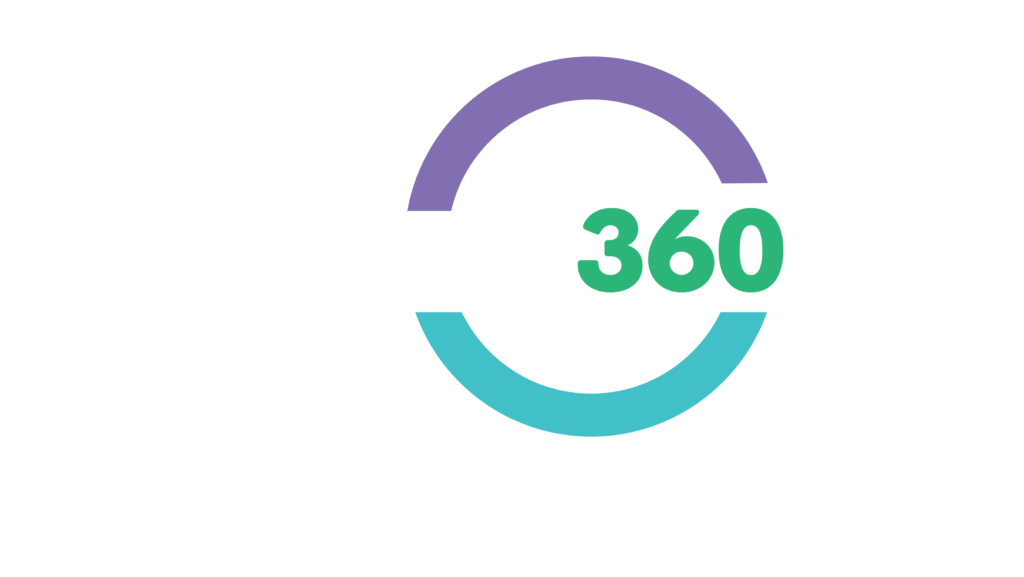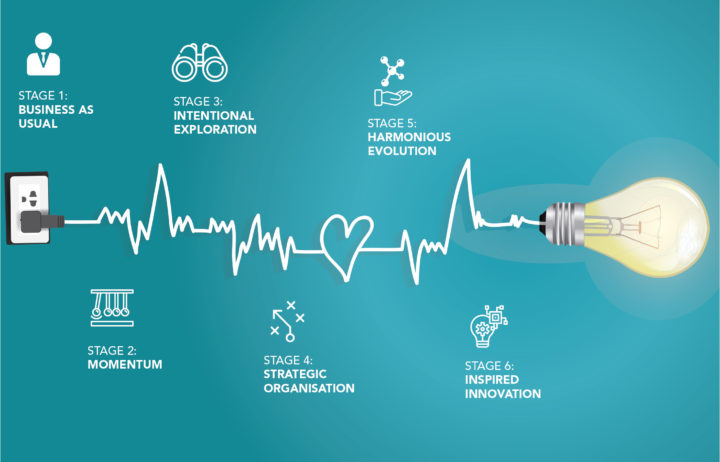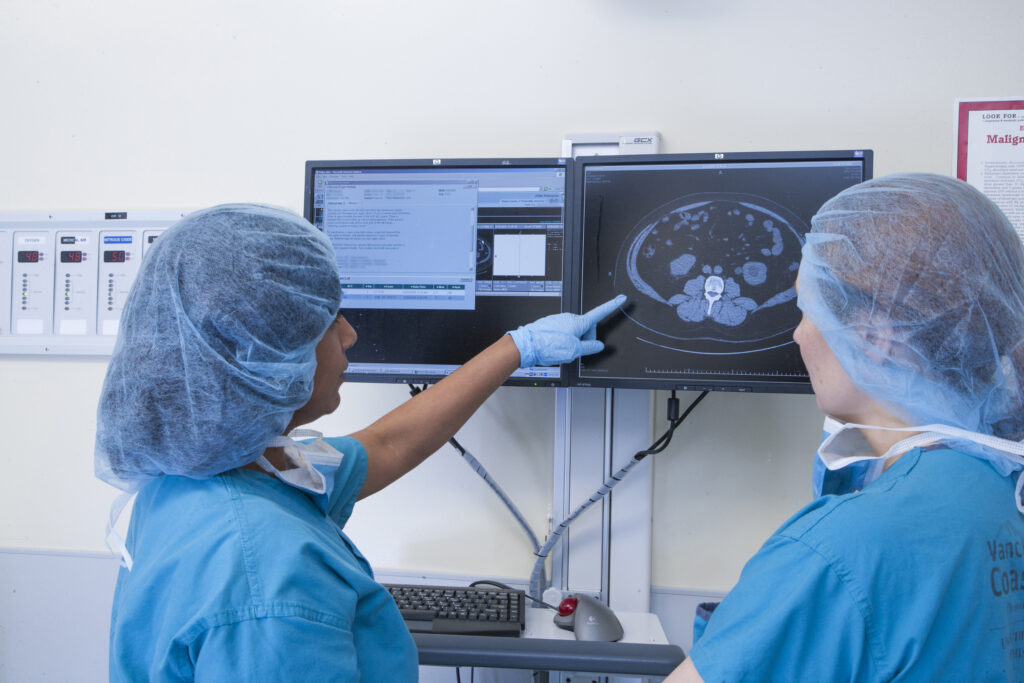Rapid transformation and disruptive competition threaten most organisations in almost every industry. The healthcare industry is not immune.
To the majority of healthcare professionals, this disruption may feel small and interesting but inconsequential, but don’t be naïve-it will grow exponentially as the proportion of Australian citizens living an active digital lifestyle increases.
Patients are more informed and empowered, with higher expectations. They demand attention, personalisation and efficiency. And, they require that your values match their own. Fuelled by rapid advances in technology, they will ultimately reform the healthcare industry as they have many others (heard of Uber) and will likely upend the way medicine is practiced.
That stated, healthcare organisations that focus solely on implementing new technology in response to this challenge are missing the point. New technology in itself doesn’t mean they are transforming or competing in the evolution of integrated care models.
Technology Is Driven By Purpose And Outcome
Historically, healthcare IT systems have been siloed by department, location, type of service, and type of data. While playing a pivotal role in the modernisation of healthcare services, IT often complicates rather than supports integrated, patient-centred care. That’s because IT is just a tool, and the automation of broken service-delivery processes only gets you more-efficient broken processes.
What happens is a spectrum—on one end, some organisations are burying their heads in the sand and ignoring the disruption (and we still see practices that are paper based with no intention of changing), while others have embraced the challenge and are taking a different approach, focused on their unique ‘patient-centred’ proposition and enabling shifts by addressing behaviours, upgrading or overhauling processes and creating systems that allow them to be flexible and take advantage of opportunities.
The healthcare organisations we work with are those that aspire to be the latter. They have recognised the disruptive environment and are asking themselves the question about the changes they need to make.
They feel the pressures from patients, relatives, referrers and staff to act and deliver services differently. They find the prospect of change exciting, complicated, challenging and terrifying (all at the same time), and yet they have found courage in the face of this volatility, uncertainty, complexity and ambiguity to allow themselves to be vulnerable. They recognise they are not perfect, they look to solve problems and admit that they exist.
In true patient-centred transformation, consideration and integration of technology is driven by purpose and outcome. Clarity of purpose and outcome focuses the reshaping of business to produce better patient outcomes. The technology enables the practitioner to follow patients across services, sites, and time for the full cycle of care, including hospitalisations, outpatient visits, blood tests, imaging, physical therapy, rehabilitation services and other allied health interventions.
Data is aggregated around patients, not departments, units and locations.
Healthcare organisations have to compete for today and also for the unforeseeable future. Leaders must tackle these modern challenges and have the vision to see a new direction, allow themselves to be vulnerable enough to listen to others and then courageous enough to drive change in how the company operates, and engage all stakeholders to put the patient-at-the-centre.
Each organisation will be different. Each organisation will track itself according to the key stages which help communicate direction and identify pivot opportunities, milestones and achievements throughout the journey.
Identifiable Stages Of Patient-Centred Transformation
As a result of working with healthcare organisations undergoing the process of patient-centred transformation, we have learned that change happens in identifiable stages. By understanding the commonalities found within these stages, a pattern emerges of the patient-centred transformation journey.
Outlining the key commonalities of each stage also helps organisations chart their course toward a desired future state, which is always unique to each organisation. At the same time, understanding the steps each business takes throughout their journey helps executives benchmark their progress against those who have already undergone the change.
This framework provides a patient-centred maturity chart. Its purpose is both prescriptive and aspirational. It helps healthcare providers take an objective look at their current state, identify what their unique patient-centred aspiration is and what will be required to achieve that aspiration before trying to move forward (or even recognising the need to do so).
The aim is to create a usable roadmap and a sense of urgency that informs decision-making and steers you on an informed and tested path toward sustainable change and the many benefits for your business and patients that unfold in the process.
The Patient Partnership Indicator – Rapid Maturity Assessment
To this end, Experience 360 has developed the Patient Partnership Indicator – a rapid online assessment to help Australian healthcare executives and patient-experience leaders understand the maturity of their organisations on the spectrum for patient-centred strategy, alignment and engagement.
This unique approach sheds a light on your overall patient-centred maturity level and also provides comprehensive insight into how your organisation is positioned across key business functions, processes and models to compete in the modern, patient-driven digital economy.
By completing the assessment, you will receive a personalised insight report reflecting your current business maturity.
The assessment takes only 6 minutes to complete and provides a much-needed benchmark for your organisation on how your patient-centred approach is evolving as well as where you excel – and where there’s room for improvement.
Aren’t you just a little bit curious about where your organisation rates compared to others?
Take the Patient Partnership Indicator – Rapid Assessment now.






